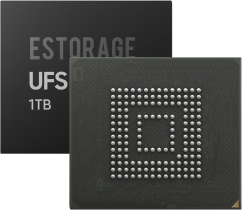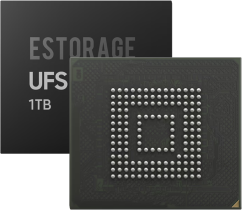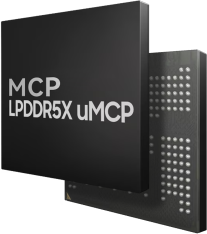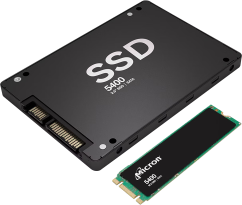Product description
The MT2601W/A is a highly integrated System on Chip (SoC) that is designed specifically for IoT (Internet of Things) devices that require wireless connectivity, low power consumption, and advanced features like edge AI, multimedia processing, and security. It is a versatile chip that can be used across a wide range of applications, from smart home devices to wearable health monitors and industrial IoT solutions.
Wireless Connectivity:
One of the standout features of the MT2601W/A is its multitude of wireless connectivity options. It includes Wi-Fi, Bluetooth, and Zigbee, providing flexible networking solutions for different types of IoT applications. For example, Wi-Fi allows the device to connect to the internet or other local devices within a home or office, while Bluetooth facilitates short-range communication with smartphones, smartwatches, and other devices. The inclusion of Zigbee provides low-power mesh networking capabilities, perfect for smart home automation systems, where multiple devices need to communicate with each other in a low-energy, reliable way.
Low Power Efficiency:
The MT2601W/A is designed for low-power operation, making it ideal for battery-powered devices. Its energy-efficient design ensures that connected devices like wearables or smart sensors can operate for long periods, reducing the need for frequent recharging. The power-efficient architecture of the chip allows for extended battery life, which is a significant benefit in consumer electronics like fitness trackers, smart glasses, or healthcare devices that require continuous monitoring.
AI and Edge Computing:
The MT2601W/A includes edge computing and AI capabilities, allowing devices to perform tasks like voice recognition, gesture detection, and data analysis locally, without needing constant communication with the cloud. This makes it suitable for real-time applications such as smart assistants, where low latency is crucial. The ability to process data on the device itself reduces reliance on cloud services and minimizes network congestion, improving response times and overall efficiency.
Security Features:
Security is a crucial concern for IoT devices, and the MT2601W/A addresses this with several important features. The Secure Boot process ensures that only authorized firmware is allowed to run on the device, protecting it from malicious software. Additionally, the Trusted Execution Environment (TEE) ensures that sensitive data, such as user credentials or personal information, is securely processed. The Hardware Root of Trust further bolsters device integrity by authenticating the device at the hardware level and ensuring the communication is secure.
Specification parameters
CPU:
ARM Cortex-based processor optimized for IoT workloads with low power consumption.
Multi-core architecture for efficient processing of multiple tasks simultaneously.
Wireless Connectivity:
Wi-Fi: Typically supports 802.11 b/g/n for connectivity to local wireless networks.
Bluetooth: Bluetooth 4.2 or later for communication with nearby devices, such as smartphones or other IoT gadgets.
Zigbee: For low-power mesh networking, typically used in smart home systems for device control and monitoring.
AI Capabilities:
Dedicated hardware for local AI processing, enabling real-time data analysis, voice recognition, gesture control, and more.
Supports applications such as voice assistants, predictive maintenance, and intelligent environmental sensors.
Security:
Secure Boot ensures only trusted firmware is loaded onto the device, preventing unauthorized software.
Trusted Execution Environment (TEE) provides secure data processing for sensitive tasks, such as user authentication and encryption.
Hardware Root of Trust to authenticate devices and maintain data integrity.
Multimedia:
Support for audio input/output, enabling voice recognition and speech synthesis for devices like smart speakers, smart TVs, and other connected audio devices.
Memory:
Support for LPDDR2 or LPDDR3 memory for efficient data handling.
Support for external storage options like eMMC or SD cards for additional memory and data storage.
Power Efficiency:
Optimized for battery-powered devices with low power consumption profiles.
Features intelligent power management to extend the operational lifespan of battery-powered IoT devices.





